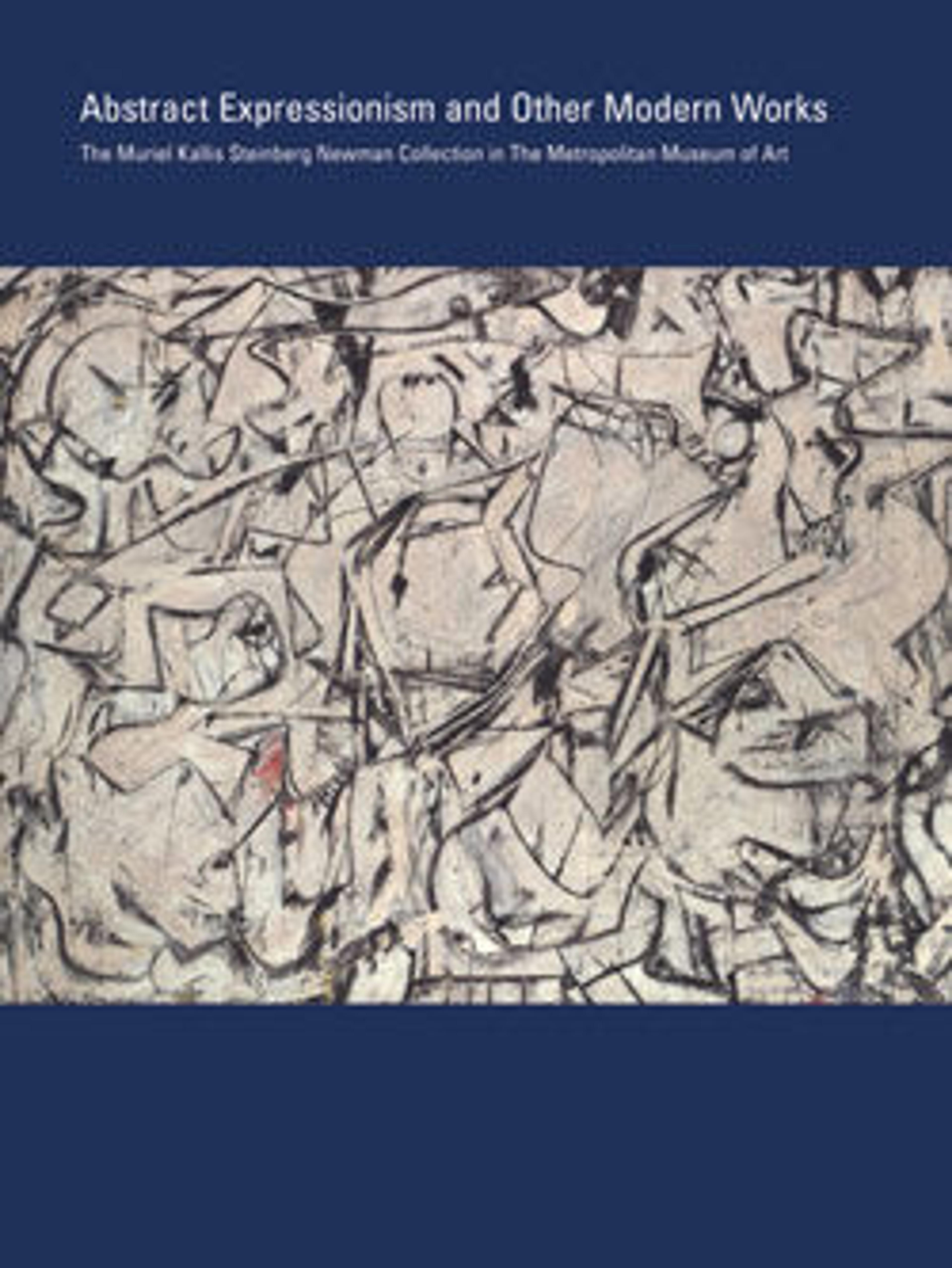The Blue Platter
Knaths’s reputation was at its height when Muriel Steinberg bought this painting in 1952. He had recently won honors from The Metropolitan Museum of Art and the Art Institute of Chicago, and collectors such as Duncan Phillips bought his work extensively. Knaths was considered to be the most accomplished American exponent of the painterly style developed in Paris by artists from Bonnard to Matisse. By the 1960s, however, his work was considered out-of-touch with new developments. Knaths lived and worked in Provincetown, Mass. Though seemingly improvisational, his paintings are strictly controlled. He always chose his colors from a chart in advance and used mathematical formulas to determine his compositions. He observed that “systems are a way of getting the material in orderly arrangement in your mind, I guess, and the pictures come out in spite of the system.”
Artwork Details
- Title: The Blue Platter
- Artist: Karl Knaths (American, Eau Claire, Wisconsin 1891–1971 Provincetown, Massachusetts)
- Date: 1947
- Medium: Oil on canvas
- Dimensions: 20 1/4 × 50 1/4 in. (51.4 × 127.6 cm)
- Classification: Paintings
- Credit Line: The Muriel Kallis Steinberg Newman Collection, Gift of Muriel Kallis Newman, 2006
- Object Number: 2006.32.30
- Curatorial Department: Modern and Contemporary Art
More Artwork
Research Resources
The Met provides unparalleled resources for research and welcomes an international community of students and scholars. The Met's Open Access API is where creators and researchers can connect to the The Met collection. Open Access data and public domain images are available for unrestricted commercial and noncommercial use without permission or fee.
To request images under copyright and other restrictions, please use this Image Request form.
Feedback
We continue to research and examine historical and cultural context for objects in The Met collection. If you have comments or questions about this object record, please complete and submit this form. The Museum looks forward to receiving your comments.
